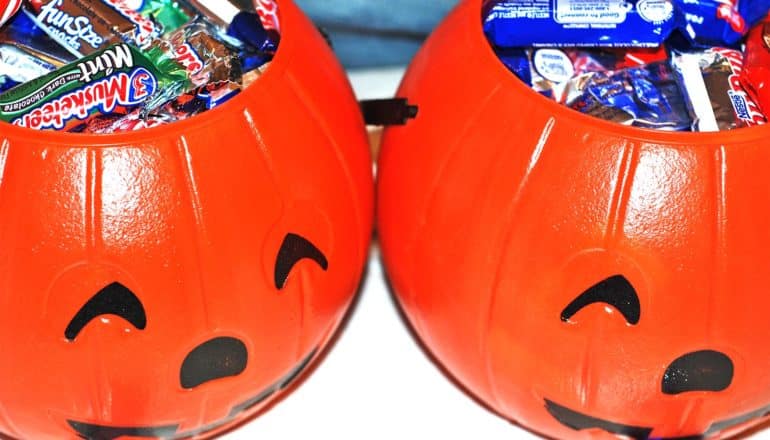
Candy is a staple of Halloween and other American holidays, but it comes with hidden environmental costs.
Halloween. Valentine’s Day. Easter. Throughout the year, US stores are stocked with rotating chocolates, gummies, and hard candies. These periods of mass candy production and consumption have a profound effect on the supply chain, yet candy consumption is often absent from conversations about food systems.
The International Food Policy Research Institute defines “food systems” as “the sum of actors and interactions along the food value chain—from input supply and production of crops, livestock, fish, and other agricultural commodities to transportation, processing, retailing, wholesaling, and preparation of foods to consumption and disposal.”
In recent years, the connections between food systems and climate change have come under increased scrutiny and prompted re-evaluation and policy changes. The current food movement “works to draw attention to the health and social well-being of the people involved in the food system (including consumers), and the environmental and economic sustainability of that system,” writes Carolyn Dimitri, associate professor of nutrition and food studies at New York University Steinhardt, in a 2020 article.
While food systems are often discussed in terms of vegetation and livestock, plants and animals contribute to the many ingredients used to create popular candies, and when candy consumption increases, so does the demand for sometimes problematic products such as palm oil and sugar.
Here, Dimitri explains the ways in which the production and consumption of sweets affect the climate as well as US production systems:
The post Your Halloween candy faves come with environmental costs appeared first on Futurity.
from Futurity https://ift.tt/2ZvRe5T
No comments:
Post a Comment